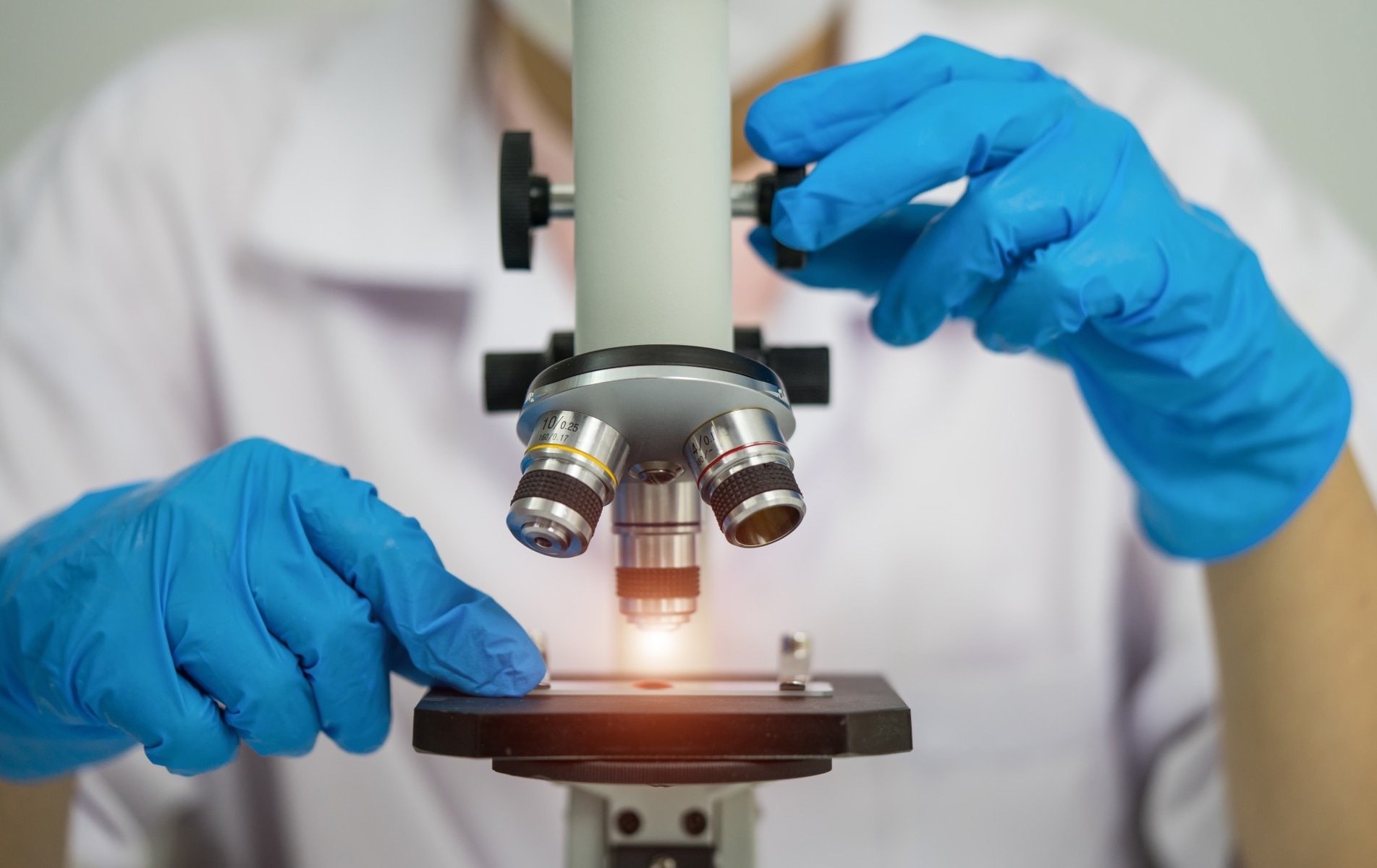The creation and movement of an essential class of molecules in human cells are now better understood according to a recent study.
 An essential protein for nearly all living organisms, iron is vital for a variety of biological processes. Image Credit: Getty Images.
An essential protein for nearly all living organisms, iron is vital for a variety of biological processes. Image Credit: Getty Images.
For many years, scientists were aware that iron-sulfur cofactors, some of the most vital substances in the human body, were assembled and transported by mitochondria, specialized structures inside cells that are necessary for respiration and energy generation. However, until recently, scientists were unsure of the specifics of the process.
Glutathione is an antioxidant that aids in preventing some forms of cell damage by moving these crucial iron cofactors over a membrane barrier, according to new research that was just published in the journal Nature Communications.
According to James Cowan, co-author of the study and distinguished university professor emeritus of chemistry and biochemistry at Ohio State, glutathione is particularly helpful because it helps to regulate metals like iron, which are used by red blood cells to make hemoglobin, a protein required to help carry oxygen throughout the body.
Iron compounds are critical for the proper functioning of cellular biochemistry, and their assembly and transport is a complex process. We have determined how a specific class of iron cofactors is moved from one cellular compartment to another by use of complex molecular machinery, allowing them to be used in multiple steps of cellular chemistry.”
James Cowan, Study Co-Author and Distinguished University Professor Emeritus, Chemistry and Biochemistry, Ohio State University
An essential group of substances known as iron-sulfur clusters performs a number of metabolic tasks, including aiding in the transport of electrons during the synthesis of energy and the manufacture of essential metabolites in the cell, as well as supporting the replication of the genetic material.
But when these clusters don't work properly, or when key proteins can’t get them, then bad things happen.”
James Cowan, Study Co-Author and Distinguished University Professor Emeritus, Chemistry and Biochemistry, Ohio State University
The corrupted protein’s inability to function can result in a number of illnesses, including uncommon types of anemia, Friedreich’s ataxia (a condition that gradually damages the nervous system), and a wide range of other metabolic and neurological conditions.
The important protein molecule of interest was found in the fungus C. thermophilum, and researchers produced vast amounts of that protein for structural analysis to learn how this crucial process functions.
According to the research, the human protein ABCB7, which transports iron-sulfur clusters in humans, is basically a biological twin of the protein they investigated in C. thermophilum, making it the ideal model organism to study iron-sulfur cluster export in people.
The team was then able to develop a number of structural models outlining the pathway that mitochondria employ to export the iron cofactors to various parts of the body by combining cryo-electron microscopy and computer modeling. Although their discoveries are crucial to understanding the fundamental components of cellular biochemistry, Cowan said he is eager to see how they could subsequently enhance medicine and therapies.
By understanding how these cofactors are assembled and moved in human cells, we can lay the groundwork for determining how to prevent or alleviate symptoms of certain diseases. We can also use that fundamental knowledge as the foundation for other advances in understanding cellular chemistry.”
James Cowan, Study Co-Author and Distinguished University Professor Emeritus, Chemistry and Biochemistry, Ohio State University
Source:
Journal reference:
Li, P., et al. (2022) Structures of Atm1 provide insight into [2Fe-2S] cluster export from mitochondria. Nature Communications. doi.org/10.1038/s41467-022-32006-8.